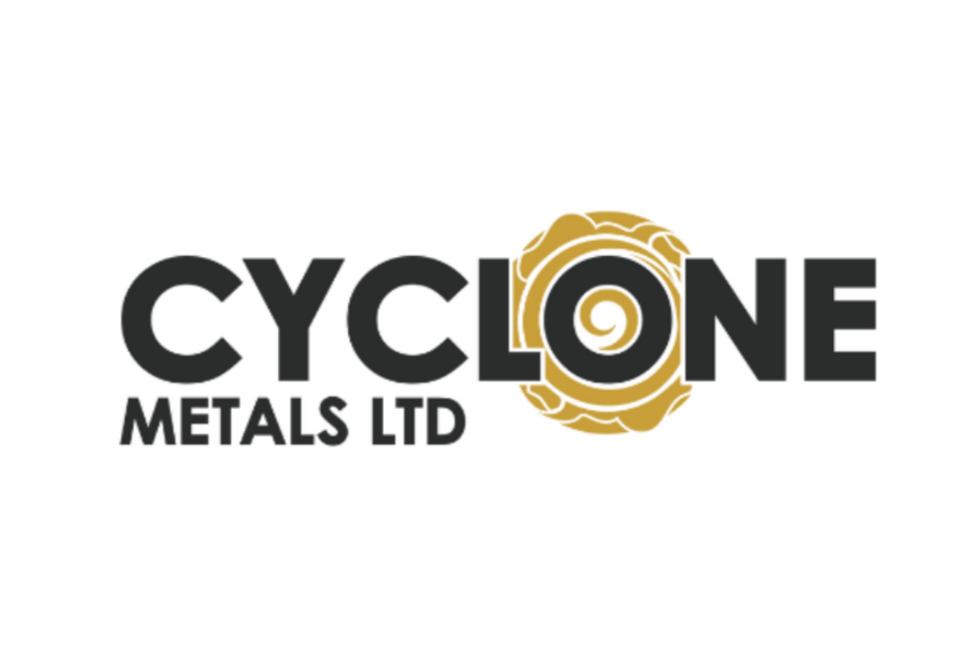Robust steel demand from China and a rising consumer confidence in the US could buoy the iron ore market in 2012
By Robert Young – Exclusive to Iron Investing News

Although the actual final figures are still unavailable, world steel consumption during 2011 has been estimated to be slightly above 1,500 million tonnes. That amount suggests a possible 6 percent demand in growth, but there is an expectation from some that the growth rate may slow down in 2012. These experts are saying that the rate in 2012 could be 4 percent. However, that figure could be low when compared to the growth rates of the last 15 years.
The Eastern Canadian and Asia Pacific iron ore sale volumes in 2012 are expected to reach around 12 million metric tons and 11 million metric tons, respectively. The outlook for revenue per ton for Eastern Canadian iron ore is $135-145 metric tons, while the cash cost per ton is expected to be around $70-75 metric tons.
Positive outlook for iron ore
The reasons for these projections for the iron ore market are quite simple; to build the railroads, highways, tunnels, and other infrastructure needed by major cities in emerging markets, steel will be in strong demand.
In the US, for example, GDP growth was reported at 2.8 percent in the fourth quarter at a seasonally adjusted annualized rate. This is the strongest gain since the second quarter of 2010, but it fell short of economists’ forecasts. That shortfall has fueled worries about US growth in 2012, as well as bets that the Federal Reserve will need to provide more help.
But consumer confidence in the US is seen as rising, and inflationary pressures appear to be calming. The housing industry is still in need of an injection of good news and sales, as residential housing prices continue to sit far below expectations.
While oil prices buoyed on strong US manufacturing data, base metals gained on encouraging fundamental data trends. The base metals complex has rallied since the beginning of the year, but whether it is sustainable is open to discussion. Precious metals in particular extended their gains following the Fed’s announcement that it would maintain its hold on interest rates. With the notable exception of cotton, agriculture commodities too gained with the support of positive external markets.
China’s economic growth to increase demand
As for China, the big player in the world commodities market, December trade data continued to paint a picture of robust commodity demand. If China continues to come through with good economic numbers over the next quarters, that could reassure investors. China is estimated to have produced about 700 million tons of steel in 2011, compared with about 100 million in the US. Even if China’s annual economic growth slows to 8 percent, this could amount to as big an increase in demand for iron ore as 10 percent would have a couple of years ago.
As mentioned earlier, even if China’s economy does slow, it will probably still expand enough to push up demand for iron ore—demand that can’t be met with the current supply the country has on hand.
China’s crude steel production gained 8.9 percent last year to a record 683.3 million tons, the National Bureau of Statistics said on January 17. Annual production gained 10 percent in 2010 and 13 percent in 2009, after climbing 2.3 percent in 2008, according to the China Iron and Steel Association.
In a recently published article, Anglo American plc (LSE:AAL) Chief Executive Officer Cynthia Carroll said, “Iron ore prices may be ‘softer’ in the first half before demand picks up in the second.” The London-based company produced 12.4 million tons of iron ore in the fourth quarter, an increase of 5 percent.
Angang Steel Co. (HKEX:0347), the biggest Hong Kong-traded steelmaker, fell to a loss of 2.15 billion yuan ($339 million) last year, according to an estimate in a statement to the Hong Kong stock exchange. Maanshan Iron & Steel Co. (HKEX:0323) and Nanjing Iron & Steel Co. (SSE:600282) stated recently that their annual profits fell by more than 50 percent on weaker demand and lower prices.
